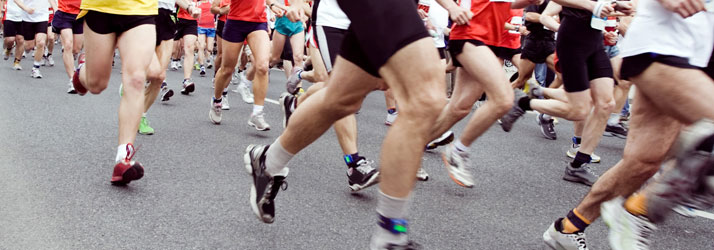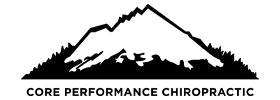Running’s Not So Uncommon Injuries in Fremont
Running’s Not So Uncommon Injuries in Fremont

From baseball to soccer, distance running to tennis, and everything in between, running plays a major part in many sports. With all these sports, participants face the possibility of a running related injury. What are some of these injuries? What ultimately brings them about? Is there anything that we can do to heal and in the end help limit the chance of them happening again? Three extremely common running associated injuries in Fremont are soleus injury, shin splints, and runners’ knee. We are going to dive into each of them a little more below.
Tight calves are an issue that far too many people experience, and this can be especially prominent in activities that involve running. A frequent culprit involved with tight calves is the soleus muscles. Within this section, I will reference soleus injury, however, do note that this also includes soleus weakness, as a weakened soleus often leads to an injured soleus. When a muscle is weak, we often see the corresponding location present as tight, such as a weak soleus presenting as a tight calf or weak hamstrings presenting as tight hamstrings. But where does a weakened soleus even come into play? The soleus is a small muscle located on the back of the lower leg and is responsible for point our toes, propelling us forward and supporting upwards of 8x our body weight as we run. Now as we run for extended periods of time, this muscle can fatigue very easily resulting in both calf pain and Achilles pain. Now the big question, is can we do anything about it? The soleus is most active when the knee is bent. What this means, is that in order to rehab and strengthen, we must specifically focus on bent knee exercises. Now this can be accomplished both at home and in the gym. At home we can utilize a bent knee calf raise, while in the gym we can use the seated calf raise machine.
Shin splints. I recall far too many people that I played sports with complain of shin splints. But where do they come from and what in tarnation can we do so they go away, and never seen again? In general, shin splints refer to pain that exits along the shin bone, more specifically the medial or inner portion of the shin. Shin splints most commonly present with pain, soreness and tenderness along the inner portion of the shin bone. Now, what can bring about shin splints? Weakness and/or lack of mobility in the foot, leg, or hi; a sudden increase in training duration or intensity; transitioning to minimalist shoes to quickly. These are all some potential causes that may bring about the presence of shin splints. Once again, now that we have identified what shin splints are, how are we able treat and prevent them? As with any course of action in rehab and injury prevention, the primary area that we must focus on is strengthening the feet, legs, and hips, as well as giving some dedicated time to focus on the mobility of our hips, knees, and feet/ankles. Additionally, paying attention to the footwear that we choose and focusing on our technique can also provide potential injury prevention.
The last of our not so uncommon injuries is runners’ knee. Runners knee is the common term for pain located at the front of our knee cap. Aside from being known as runners’ knee, it is also commonly referred to as jumpers’ knee. Now how does this occur? Overuse, prior injury, an improperly tracking kneecap, foot instability, or weak muscles of the thigh, hamstrings, and lower leg are all potential for causing pain in the front of the knee. Some of the symptoms that may be indicative of runners’ or jumpers’ knee are tenderness on the kneecap, a clicking or grinding kneecap, pain around the kneecap when active and kneecap pain after extended sitting. While runners’ knee can be a pain, it does not have to be a death sentence. Ultimately now, how do we treat and ultimately help limit the occurrence of runners’ knee? In the short term utilizing a patellar knee strap can aid in providing relief while we train, however we should be cutting down on the duration of our running initially. For long term treatment we once again must focus on strength and mobility. Often time issues that arise within the knee, are a result of issues stemming from the hip and foot. Therefore, we need to focus on the mobility of the hip and ankle, as well as strengthening of the thigh muscles, hamstrings, and muscles of the lower leg.
These 3 issues, though common and annoying, can be treated just as quickly as they come on. As with many musculoskeletal issues, strength and mobility should be at the forefront of our treatment protocol. Through this focus, we can build a healthy and resilient body for years to come. For more information on strength and mobility, how chiropractic care aids in recovery, or any questions regarding running associated injuries reach out to us at Core Performance Chiropractic in Fremont and we will be sure to take great care of you,
Monday
8:30am - 1:00pm
3:00pm - 6:00pm
Tuesday
7:00am - 1:00pm
3:00pm - 6:00pm
Wednesday
3:00pm - 6:00pm
Thursday
7:00am - 1:00pm
3:00pm - 6:00pm
Friday
8:30am - 1:00pm
3:00pm - 6:00pm
Saturday
Appointment Only
Core Performance Chiropractic
39210 State St Suite 204
Fremont, CA 94538
(510) 737-2306


